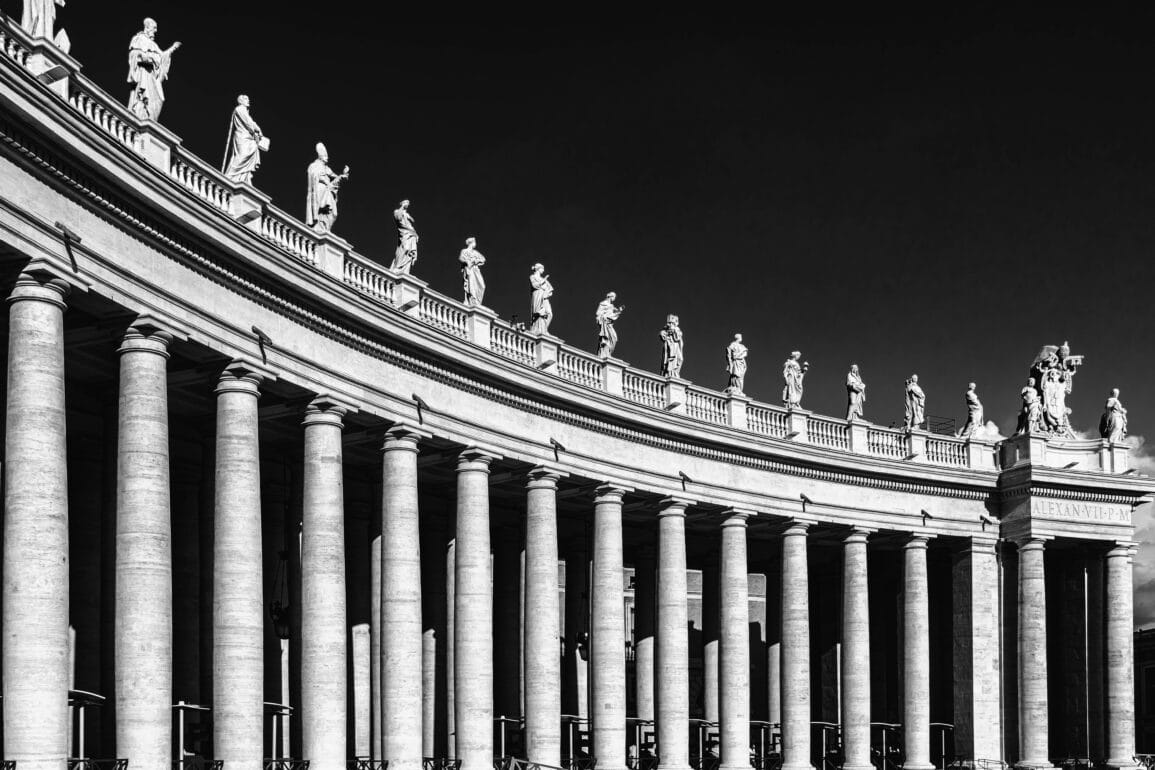By 2024, the Catholic Church faces a particular challenge: unity. Which is still, to a certain extent, traumatic, since unity is a gift of the Spirit and is realized in the celebration of the mass of the priests in communion with their bishop and of the bishops in communion with the Pope. That is, this means that we are doing something wrong, or that God is not doing his part. Since the latter is theologically impossible, we have nothing left but to attend to the first reason.
The above, if possible, becomes even more acute, since we are in the middle of the synodal exercise, that is, a “new way of doing Church” is being launched, whose fundamental characteristic is expressed by that word: “synodality”, which means “walk together, in the same direction.” Historically, we are at the watershed between two “synods on synodality,” which seek to promote this new way of “doing Church” promoted by Francis. It is not unreasonable to say that, if achieved, it will be the Pope’s great legacy to the history of the Church, since he will modify the way of governing it and making decisions for posterity.
Having said that, it cannot be stated that there are other “actors in the drama.” Although it is not fashionable to name him – only in markedly exaggerated horror films – the devil is, whether we like it or not, one of the protagonists of the drama. And its function is precisely that: to divide. His masterpiece is to achieve the “contradiction of the good”, that is, good people, who seek the good of the Church, each in their own way, according to their own way of seeing life, their culture and their way of thinking. , are opposed to each other. It is like two donkeys that, instead of pulling the cart in the same direction, pull in the opposite direction. And it seems that, for now, he is achieving it.
In some way, the division has been brewing throughout Francis’ pontificate. His way of leading the Church and presenting the evangelical message contrasts markedly with that of his two predecessors, who followed the same line. This, after all, is normal in the history of the Church, and has been seen in its recent history, just think of the different ways of directing the Church of the Venerable Pius XII and Saint John XXIII. Francisco has made an effort to maintain some continuity. Thus, for some years he kept people from Benedict XVI’s team in key positions in the Church, such as Cardinals Müller and Sarah, or Archbishop Gänswein. But now they are no longer there, let’s say that, since the resignation of Cardinal Sarah due to age limit, those who run the Church are entirely from Francis’ team. In this historical context, the division has been accentuated, with two turning points being: the Synod on Synodality and the Declaration Fiducia Supplicans, of the Congregation for the Doctrine of the Faith.
Talking about the synod with one of the participants, he pointed out how this division was evident within the Church. He commented that the North American Episcopal Conference had elected synod fathers of conservative line; Francis appointed liberals to balance the doctrinal equation. The German Bishops’ Conference had appointed liberal synod fathers; Francis chose the few remaining conservative German bishops. He said, curiously, how, throughout the close coexistence that existed during the synod, these differences were visibly manifested. While the German bishops of different stripes could converse cordially despite their obvious distances, the American bishops of different parties did not speak to each other, did not greet each other, avoided all contact. The conclusion he drew was that it was an urgent imperative to build bridges within the Church.
The straw that broke the camel’s back of this crisis of unity was the Declaration Fiducia Supplicans, which openly polarized the Church, making public the dissent with the Pontifical Magisterium, in individual dioceses (Prelature of Moyobamba), entire countries (Kazakhstan) and entire continents. (Africa), with Cardinal Robert Sarah supporting these positions. Personally, I think that it is a lack of understanding of the spirit of the document, but in any case, the facts show two divergent realities: if on the one hand it constitutes a deeply pastoral and hopeful writing, on the other it is clearly a marked error of government. Its effects, among which is the acceptance by the Pope and the Congregation of the Doctrine of the Faith that it is not applied in Africa, do not allow us to think otherwise. In any case, the task that remains pending for the Church in 2024 is to build bridges within itself. The synod has precisely this mission, but unfortunately it is doubtful that it will achieve it, because in reality it is part of the casus belli.










